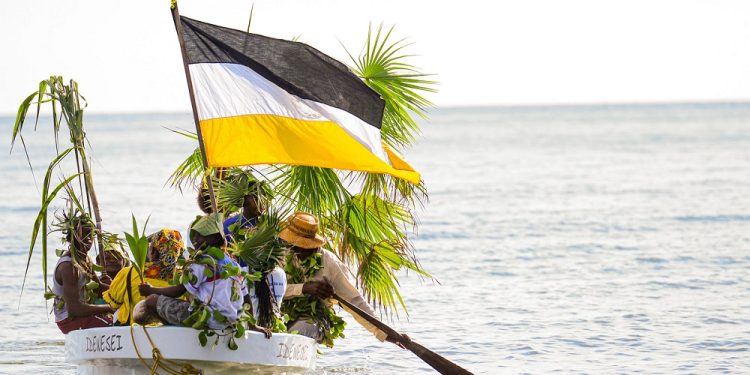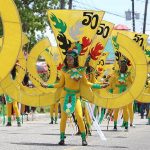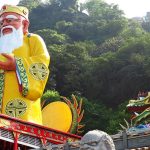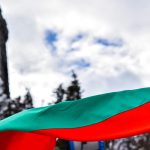
Garifuna Settlement Day
Celebrated on the 19th of November every year, Garifuna Settlement Day is a public holiday in Belize. This holiday was created by Thomas Vincent Ramos, a Belizean civil rights activist, in 1941 and was recognized as a holiday in Belize’s southern districts two years later.
It is an important holiday because it represents the Garifuna, a part of the African diaspora that has been largely forgotten over the years. The Garifuna are widespread all over the world, and they now face the challenge of maintaining their culture while living in areas other than their traditional homeland.
The History of the Garifuna People
These people can trace their ancestry back to the indigenous Arawak peoples and the peoples of West Africa. In 1675, two Spanish ships carrying West Africans to North America were wrecked near St. Vincent in the West Indies.
These West Africans, as well as other people escaping slavery on the Caribbean islands, found refuge with the indigenous Carib population. A distinct culture formed within this group, and they became known as the Garifuna or Black Caribs.
The Garifuna resisted colonizing efforts in the region for over a hundred years, resisting both British and French forces. This resulted in both countries recognizing the island as one of the Neutral Islands in the Caribbean. Eventually, the British developed armaments that allowed them to take the island by force, and 5,000 Garifuna were transported on British ships and abandoned on the Honduran Bay Island in April of 1797. Many of them moved to the Honduras mainland and allied themselves with Spain.
The Garifuna helped the Spanish against British military attacks and pirates. They would take the Royalist side in the Central American Independence wars against Spain; however, as a result, they became a marginalized population in Honduras after independence.
During the 19th century, the Garifuna were forced to migrate to neighboring coastal areas in Guatemala, Nicaragua, and Belize. The first settlement in Belize was established at Dangriga. This was the largest settlement of Garifuna in Belize and continues to be so to this day. Nowadays, the Garifuna have six communities that are responsible for maintaining global Garifuna culture.
Observing Garifuna Settlement Day
This holiday is usually celebrated with an entire week of live music, prayers, dancing, parades, and drumming. The first Garifuna landing is reenacted on this day with boats coming ashore carrying plantain suckers, cassava sticks, and sugar cane. These represent the food the Garifuna people brought with them.
A variety of traditional Garifuna dishes are also served on this day. These dishes include a mashed plantain known as Hudut, a starchy root vegetable known as Cassava that’s prepared in a number of different ways, and a dish made with fish boiled in coconut milk known as Serre.








